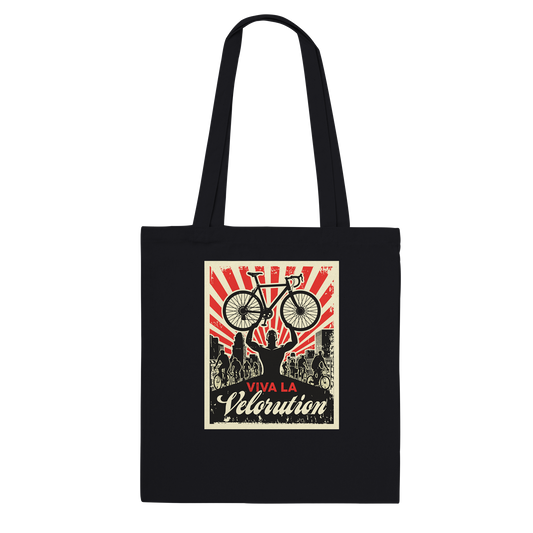Riding a bike is a fantastic way to stay fit, commute, or enjoy the outdoors.
Many hybrid and commuter-style bikes come with 7-speed gears, which have been a staple for a long time.
But what exactly are 7-speed bike gears?
In this guide, we'll explain 7-speed bike gears in simple terms, helping you understand and ride your bike like a pro.
What is a 7-Speed Bike?
A 7-speed bike is equipped with seven different gears, providing a range of options for various terrains and riding conditions.
To identify a 7-speed bike, look at the rear wheel: if there's a single chainring at the front and the cassette (the spiky round metal object) has seven different-sized cogs at the back, it's a 7-speed bike.
These bikes are commonly hybrid and commuter styles because seven gears offer enough range for urban commuting without being overly complex.

7-Speed Bike Gears Explained
Understanding how to use the gears on a 7-speed bike can enhance your riding experience.
Here's a simple breakdown of how these gears work and when to change them:
Low Gears: These are the larger cogs at the back. Use them when you need more power to pedal, such as when climbing hills or starting from a stop.
High Gears: These are the smaller cogs at the back. Use them for higher speeds on flat terrains or downhill, as they require more pedaling effort but provide greater speed.
What Gears to Use on a 7-Speed Bike?
Choosing the right gear can make your ride smoother and more efficient. Here's a basic guide:
Uphill: Shift to a lower gear (larger cogs) to make pedaling easier.
Flat Terrain: Use a middle gear to balance speed and effort.
Downhill: Shift to a higher gear (smaller cogs) to maximize speed and maintain control.
Always adjust your gear based on how hard it feels to pedal. If it's too hard, shift to an easier gear. Shift to a harder gear if you're spinning too fast without much resistance.

How to Ride a 7-Speed Bike
Riding a 7-speed bike effectively involves making the most out of each gear. Here are some tips:
Anticipate Terrain: Shift gears before you reach a hill or a flat stretch to avoid straining your legs or the bike.
Smooth Shifting: Shift gears smoothly by pedaling lightly. Avoid shifting gears under heavy load, as it can wear out the gear system.
Maintenance: Regularly maintain your bike by keeping the chain clean and lubricated and checking the gear system for any issues.
7-Gear vs. 21-Gear Cycle
A common question is the difference between 7-gear and 21-gear bicycles. Here’s a comparison:
7-Gear Bikes: Ideal for commuting and riding on flat terrains. They are simpler to use and maintain and are often less expensive.
21-Gear Bikes: These are better suited for varied terrains, including hills and off-road trails. They offer more flexibility but require more maintenance and can be more expensive.

Difference Between 7-Gear and 21-Gear Bicycle
Mechanically, a 7-gear bike has a single chainring at the front with a cassette of 7 cogs at the back.
A 21-gear bike, however, has three chainrings at the front and a 7-cog cassette at the back, offering a wider range of gears.
The main difference lies in the front chainrings, providing more gear combinations for different riding conditions.









